| Home |
|
US PR |
Weather:
|


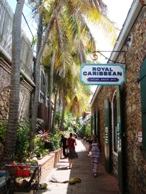

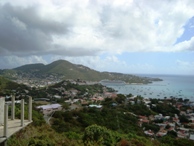
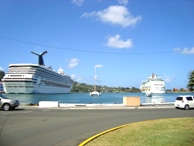
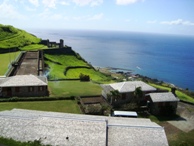


|
| 7 Nights East Caribbean Cruise May, 2013 | ||
| Route: | History: | |||||
|
When: February 10-17, 2013
Where: San Juan, PR - St. Thomas, USVI - Barbados - St. Lucia - St.Kitts - St.Martin - San Juan, PR How: Ship Carnival Valor |

|
During the Age of Discovery in the 15th-16th centuries, Portugal and Spain pioneered European exploration of the globe, and established large overseas empires. |
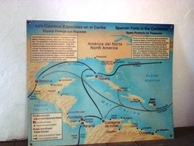
|
Envious of the great wealth these empires generated, England, France, and the Netherlands, began to establish colonies and trade networks of their own in the Americas and Asia. A series of wars in the 17th-18th centuries with the Netherlands and France left England (Great Britain) the dominant colonial power in North America and India. |
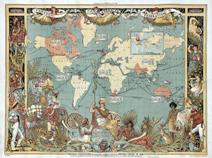
|
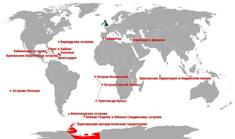
|
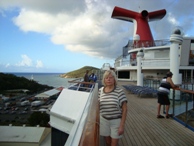
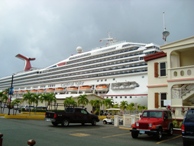
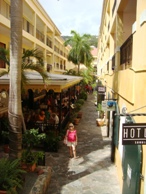
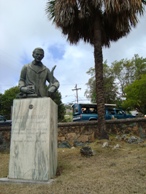

|
St. Thomas is an island in the Caribbean Sea and with the islands of St. John, St. Croix, and Water Island a county of the United States Virgin Islands (USVI),
an unincorporated territory of the United States.
This area was exactly where Christopher Columbus and his men landed in November 1493 during his second voyage from Europe across the Atlantic. The islanders - Tainoes - succeeded in chasing the Spaniards away after an intense fight. Columbus named the archipelago the Virgin Islands after the legend about Saint Ursula and her eleven-thousand virgins. The Danish conquered the island in 1666, and by 1672 had established control over the entire island through the Danish West India and Guinea Company. The land was divided into plantations and sugar cane production became the primary economic activity. In 1691, the primary settlement there was renamed Charlotte Amalie in honor of the wife of Denmark's King Christian V. It was later declared a free port by Frederick V. As a result, the economies of St. Thomas and the neighboring islands of St. John and St. Croix became highly dependent on slave labor and the slave trade. In 1917, St. Thomas was purchased (along with St. John and St. Croix) by the United States for $25 million in gold, as part of a defensive strategy to maintain control over the Caribbean and the Panama Canal during the First World War. The transfer occurred on March 31, 1917, behind Fort Christian before the barracks that now house the Legislature of the U.S Virgin Islands. The baccalaureate service for the transfer was held at the St. Thomas Reformed Church as it was identified as the American church in the Danish West Indies. The United States Virgin Islands is the only place under U.S. jurisdiction where the rule of the road is to drive on the left. This was inherited from what was the then-current Danish practice at the time of the American acquisition in 1917. However, because St. Thomas is a U.S. territory, most cars are imported from the mainland United States and therefore the steering column is located on the left side of the vehicle. |
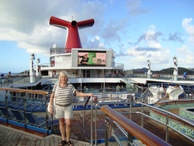
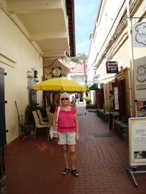
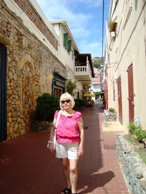
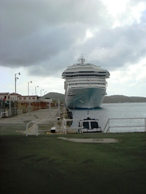
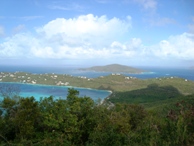
|
At Sea
|
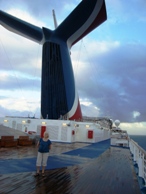
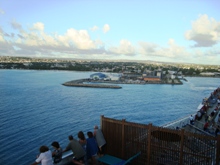
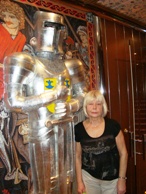

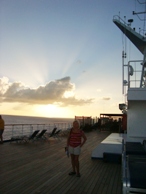
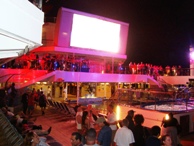
|
Carnival Valor is one of Carnival's beautiful ship that can be found cruising throughout the Caribbean.
While onboard this SuperLiner you'll have the opportunity to enjoy a wide range of great features, such as Carnival's Seaside Theatre, a great casino, duty-free shopping, as well as many dining options, lounges and clubs.
The onboard theme of Carnival Valor is "Heroes and Heroics." As such, throughout this beautiful ship you'll find many public rooms named after various famous people, places and events (such as the Iliad Library, One Small Step Club, and Winston's cigar bar).
Carnival's dining program is called "Total Choice Dining." They call it that because their goal is to give as many choices as possible to their passengers. Breakfast is served in the main dining rooms, on the Lido deck or even in your staterooms (via room service). Lunch can be eaten indoors or outdoors (at a buffet), or (of course) via room service. Dinner is served in the main dining rooms, or in the Supper Club. Again, if you're feeling like a meal in your room that is possible as well. There are two main dining rooms onboard the Carnival Valor, Lincoln Dining Room and Washington Dining Room. Breakfast is typically served in the main dining rooms from 7:45 am to 9:00 am. Lunch is usually served there from 12 pm to 1:30 pm. Dinner is split up into two main seating times. The "main seating" starts at 6:00 pm, while the "late seating" starts at 8:15 pm. All dining rooms onboard Carnival are Smoke-Free. From Carnival's award-winning stage shows, casino, spa and fitness center, to their multiple dining venues, bars, lounges and various pools and whirlpools you're sure to find something that matches your desires. The huge water slide (that feeds into the Dolphin Pool) starts on Deck 14, the Sky Deck, and ends on Deck 10, the Panorama Deck. It's a very popular place for kids to hang out at throughout the day. Guests under 13 years of age must have a parent's permission to use the water slide. Certain height requirements are in place as well. Carnival's Seaside Theatre (a 12-foot-high by 22-foot-wide LED screen that shows movies, concerts and other special programming). There is a 24/7 view from the upper deck via bridge webcam and aft webcam. The spa and fitness center is located on deck 11 (the Spa Deck) and features a wide range of treatments, including various massages. The minimum age to be allowed to enter Spa Carnival and the fitness center is 12 years old. Guests that are 12 to 16 years old must be accompanied by an adult at all times. The sports deck and jogging track are also located on this deck, towards the back of the ship. Deck 5, the Promenade Deck, is one of the most popular decks onboard the Carnival Valor. This is because it's where the top level of the Ivanhoe Theater (the three-level main show room - also located on decks 3 and 4) is located, as well as the often busy Shogun Club Casino. Also on this deck are The Fun Shops of Carnival, where you can do some duty-free shopping. Popular items available in these shops are souvenirs, jewelry, alcohol and more. The video arcade and Club O2 (the teen center) are also located on the Valor's Promenade Deck. |

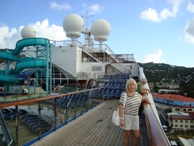

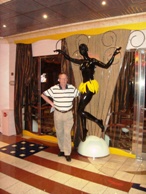
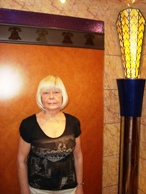

|
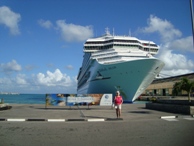
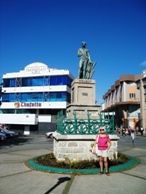
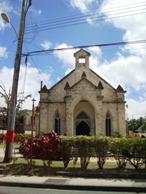
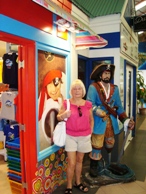
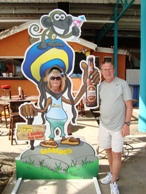
|
Barbados was initially visited by the Spanish around the late 1400s to early 1500s and first appears on a Spanish map from 1511.
The Spanish explorers may have plundered the island of whatever native peoples' resided therein to become slaves.
The Portuguese visited in 1536, but they too left it unclaimed, with their only remnants being an introduction of wild hogs for a good supply of meat whenever the island was visited.
The first English ship, the Olive Blossom, arrived in Barbados in 1624. They took possession of it in the name of King James I.
From the arrival of the first English settlers in 1627 until independence in 1966, Barbados was under uninterrupted English and later British governance and was the only Caribbean island that did not change hands during the colonial period.
In the very early years, the majority of the population was white and male, with African slaves providing little of the workforce.
Cultivation of tobacco, cotton, ginger and indigo was handled primarily by European indentured labour until the start of the sugar cane industry in the 1640s.
As Barbados' economy grew, Barbados developed a large measure of local autonomy through its founding as a proprietary colony.
In days of yore when men were men and battles raged accross the lands and glory swept the seas, there came upon the world's stage a great leader.
His courage and classical good looks quickly became the stuff of tabloids and tavern talk and, you guessed it, Legend.
Horatio Nelson was his name:
adventurer, true friend of the ladies,
admiral of the greatest fleet ever to set sail.
Admiral Nelson's romantic spirit inspired this premium imported rum which bears his name,
the only rum worthy of being called Admiral Nelson's.
|

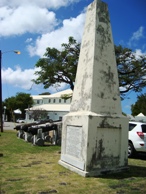
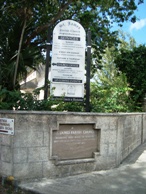
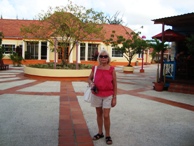
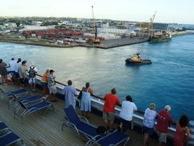
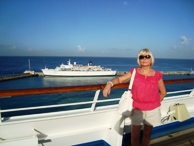
|
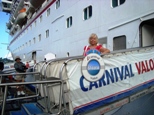
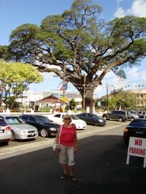
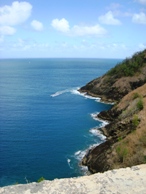
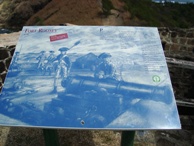
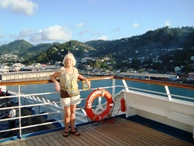
|
One of the Windward Islands, St. Lucia was named after Saint Lucy of Syracuse by the French, the island's first European colonizers.
They signed a treaty with the native Carib people in 1660.
England took control of the island from 1663 to 1667; in ensuing years, it was at war with France 14 times and rule of the island changed frequently (it was seven times each ruled by the French and British).
In 1814, the British took definitive control of the island. Because it switched so often between British and French control, St. Lucia was also known as the "Helen of the West Indies".
Francis Le Clerc, known as "Jambe de Bois" ("Peg Leg"), (died 1563) was a 16th century French privateer, originally from Normandy.
He is credited as the first pirate in the modern era to have a "peg leg".
He and his crew of 330 men were the first Europeans to settle the island of St. Lucia, and used the nearby Pigeon Island to target Spanish treasure galleons.
Pigeon Island is a 40-acre (160,000 m2) islet located in Gros Islet in the northern region of St. Lucia. Composed of two peaks the island is a historic site with numerous forts such as an 18th century British fort and Fort Rodney (named after Admiral George Rodney) both used by the British to spy on French Ships from neighbouring Martinique. In 1979 it was named a national park and again in 1992 it became a national landmark under the control of the Saint Lucia National Trust. Today, Pigeon Island is the home and major venue of the Saint Lucia Jazz Festival. |
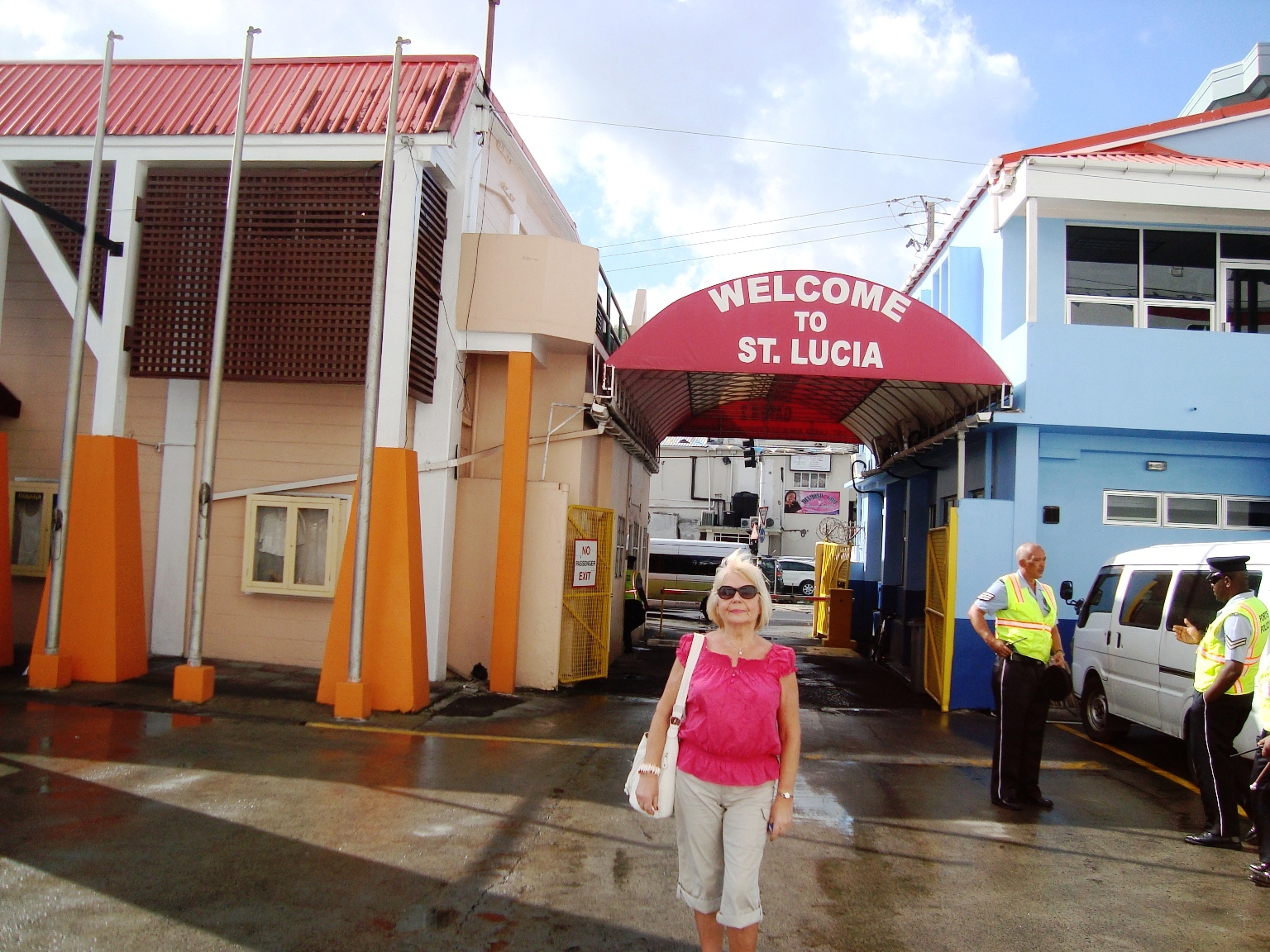
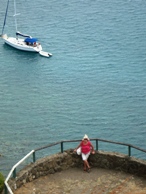
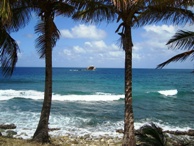
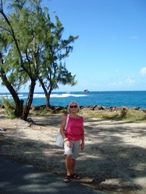
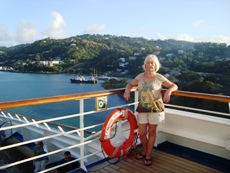

|
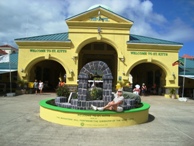
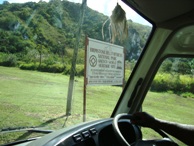
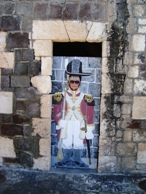
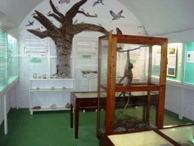
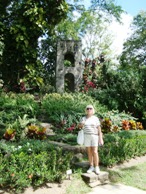
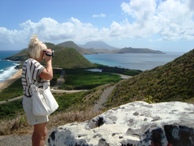
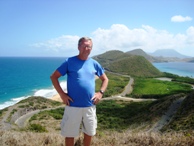
|
The Federation of St. Kitts and Nevis also known as the Federation of St. Christopher and Nevis, located in the Leeward Islands, is a federal two-island state in the West Indies. It is the smallest sovereign state in the Americas, in both area and population.
The capital city and headquarters of government for the federated state is Basseterre on the larger island of Saint Kitts.
The smaller island of Nevis lies about 2 miles (3 km) southeast of St. Kitts, across a shallow channel called "The Narrows".
To the north-northwest lie the islands of Sint Eustatius, Saba (the Netherlands), St. Barthélemy, Saint-Martin/Sint Maarten and Anguilla.
To the east and northeast are Antigua and Barbuda, and to the southeast is the small uninhabited island of Redonda, and the island of Montserrat, which currently has an active volcano Soufrière Hills.
St. Kitts and Nevis were among the first islands in the Caribbean to be settled by Europeans.
St. Kitts was home to the first English and French colonies in the Caribbean, and thus has also been titled "The Mother Colony of the West Indies".
Brimstone Hill Fortress National Park is an outstanding, well-preserved example of 17th- and 18th-century military architecture in a Caribbean context.
Designed by the British and built by African slave labour, the fortress is testimony to European colonial expansion, the African slave trade and the emergence of new societies in the Caribbean.
St. Kitts was the first Caribbean island to be permanently settled by both the English (in 1623) and the French (1625), who shared it between 1627 and 1713, when it came under sole English control through the Treaty of Utrecht.
Known as the 'Mother Island', it provided the model and springboard for English and French colonization in the Caribbean.
African slaves were brought in from the earliest years of European settlement, and it was on St. Kitts and the other early colonies that the plantation system, based on sugar production and slavery, had its roots.
In 1782 the Fortress was besieged by the French, to whom it was surrendered after holding out for a month.
However, in the same year the British won a resounding naval victory over the French at the Battle of the Saintes, thereby establishing British naval superiority.
The Treaty of Versailles in 1783 (which granted independence to the thirteen colonies in North America) restored the island to the British and a period of intensive reconstruction and investment began.
Because of its reconstructed and very formidable defences, St Kitts became known as the "Gibraltar of the Caribbean."
It successfully drove off an attack by the French navy in 1806. From this time onwards the British navy was able to ensure the security of its island colonies in the Caribbean.
|
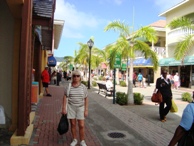
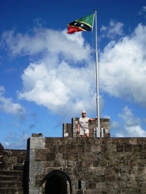


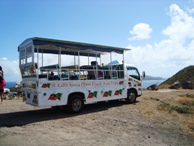


|
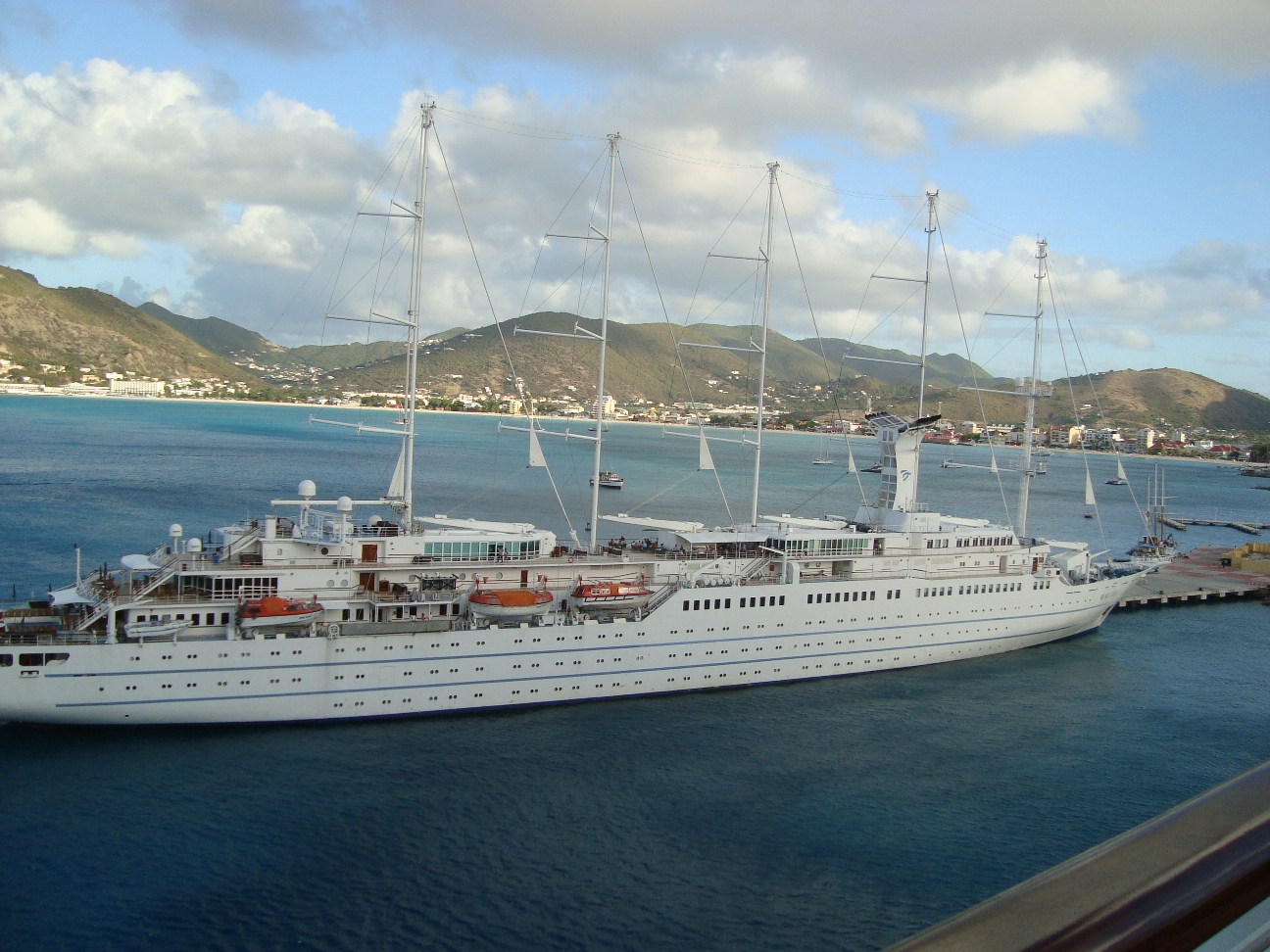
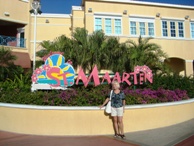
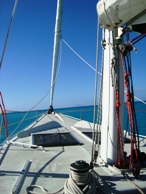
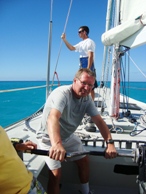
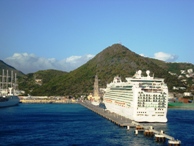
|
St. Martin (French: Saint-Martin; Dutch: Sint Maarten) is an island in the northeast Caribbean, approximately 300 km (190 mi) east of Puerto Rico.
The 87 sq km island is divided roughly 60/40 between France (53 sq km) and the Kingdom of the Netherlands (34 sq km).
The main cities are Philipsburg (Dutch side) and Marigot (French side).
While the city with the highest population, Marigot, lies on the French side, the Dutch side is more heavily populated overall.
It is one of the smallest sea islands divided between two nations, a division dating to 1648.
The southern Dutch part comprises Sint Maarten and is one of four constituent countries that form the Kingdom of the Netherlands.
The northern French part comprises the Collectivité de Saint-Martin (Collectivity of St. Martin) and is an overseas collectivity of France.
We learned about history of America's Cup Yachts and even took part in it.
It all goes back to 1851 and Queen Victoria. Since then, men have spent small fortunes to win this most prestigious and oldest sporting trophy in the world.
For 132 years the New York Yacht Club would not be beaten; then, in 1983 it was the Australians.
12 Metre US-55 Stars & Stripes ‘87 - Built 1986, America's Cup Winner 1987. After losing the Cup in 1983 on the New York Yacht Club's Liberty (12 Metre US-40), Dennis Conner set up his own team backed by the San Diego Yacht Club.
It was on Stars & Stripes ‘87 that Conner won back the cup for the United States.
In doing so, Conner became the only skipper in America's Cup history to lose the Cup and then win it back again.
1987 would be the last year that the 12 Metre design would be used for America's Cup racing. Stars & Stripes ‘87 is currently sailing in St. Maarten.
George was the part of the team in 2013. You can see video about this.
|
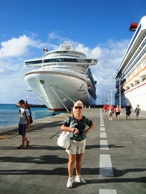
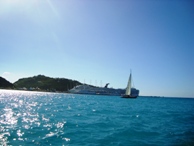
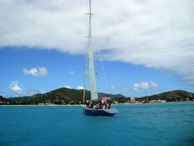
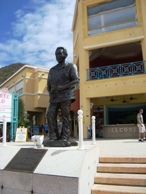

|

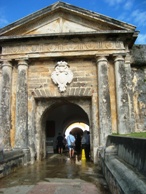
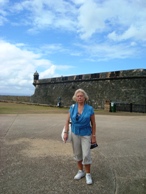
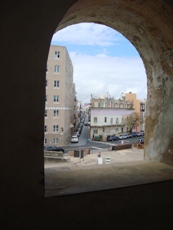
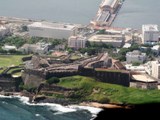
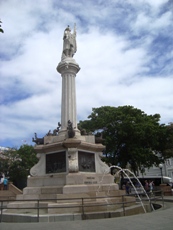
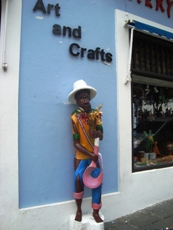
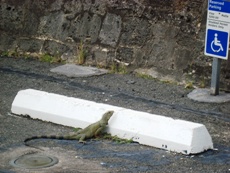
|
San Juan, the capital of Puerto Rico is the oldest city on US territory.
Founded in 1521 by Juan Ponce de León, who named it City of Puerto Rico ("Rich Port").
The history of San Juan begins a long time before its official foundation, in 1493, during his second voyage, Christopher Columbus landed in Puerto Rico.
He named the island "San Juan Bautista", in honor of John the Baptist.
But was not until 1508, that the Spanish government appointed Juan Ponce de León as the first governor of the island. He founded the original settlement in current Pueblo Viejo, which a year later was relocated to a nearby coastal islet (to the site of what is now called Old San Juan) and named Puerto Rico (Rich Port).
Sometime during the 1520s, confusion over the names led to a switch, the island took the name of Puerto Rico and the town became San Juan.
Today, San Juan is one of the biggest and best natural harbors in the Caribbean and is the second oldest European-founded city in the Americas (after Santo Domingo, which was officially founded on August 5, 1498.)
Lying on the northwestern-most point of the islet of Old San Juan, Castillo San Felipe del Morro is named in honor of King Philip II of Spain.
The fortification, also referred to as el Morro or 'the promontory,' was designed to guard the entrance to the San Juan Bay, and defend the Spanish colonial port city of San Juan from seaborne enemies.
Facing the structure, on the opposite side of the bay, a smaller fortification known as El Cañuelo complemented the castillo's defense of the entrance to the bay.
Castillo de San Cristóbal is the largest fortification built by the Spanish in the New World.
When it was finished in 1783, it covered about 27 acres of land and basically wrapped around the city of San Juan.
Entry to the city was sealed by San Cristóbal's double gates.
After close to one hundred years of relative peace in the area, part of the fortification (about a third) was demolished in 1897 to help ease the flow of traffic in and out of the walled city.
In 1983, the el Castillo was declared a World Heritage Site by the United Nations in conjunction with the San Juan National Historic Site.
|
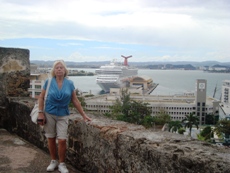
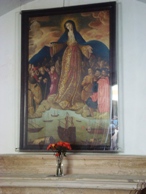
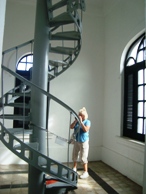



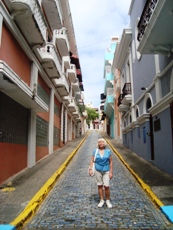
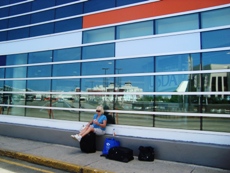
|
| Design and pictures made by George and Valentina. |
You are
|
 To send your impressions about this page to WebMaster click on @-icon
To send your impressions about this page to WebMaster click on @-icon
|
|
Home |